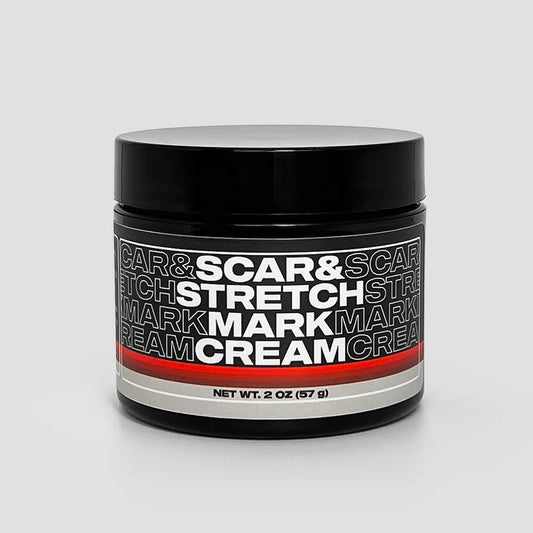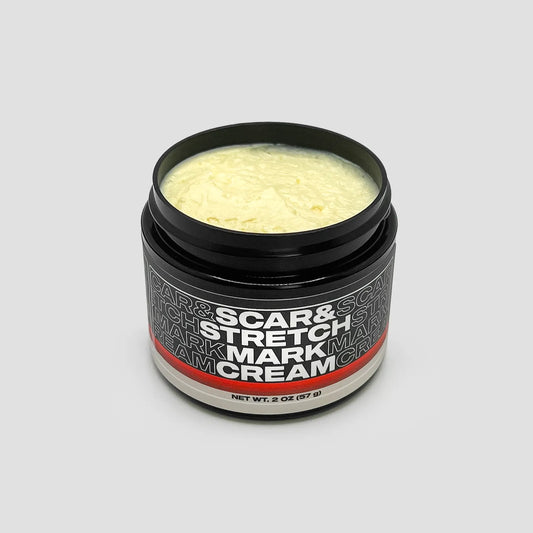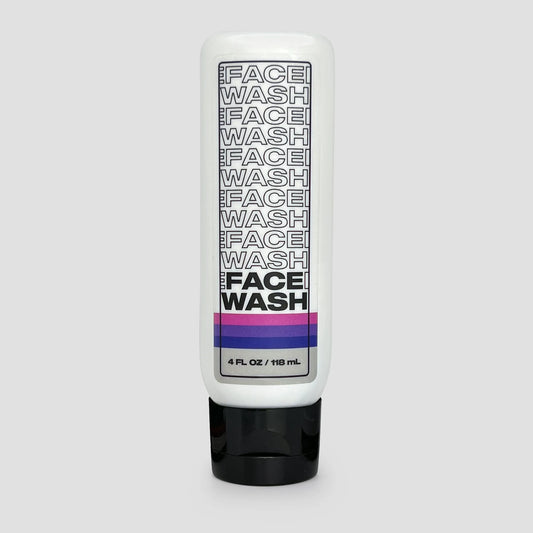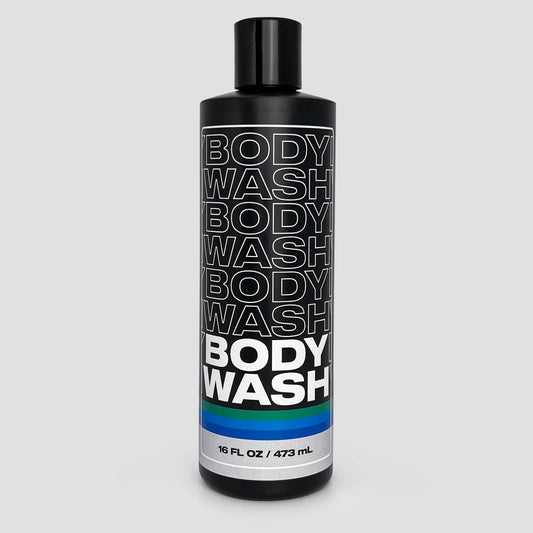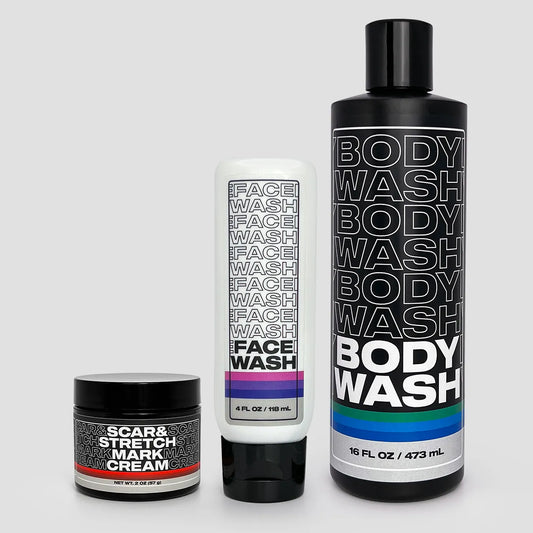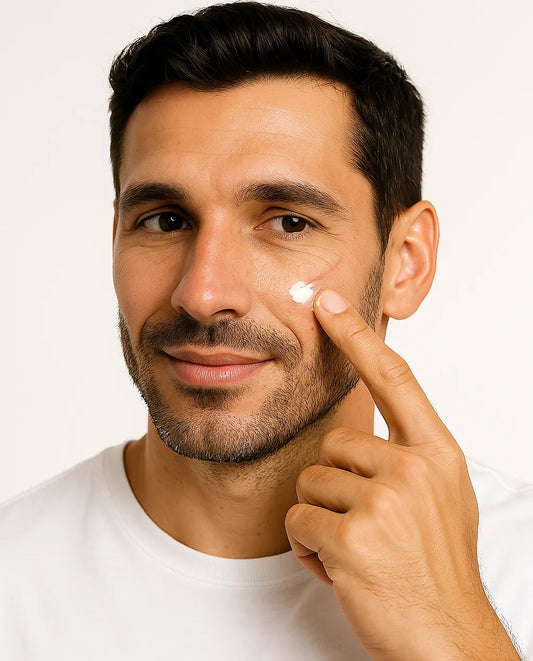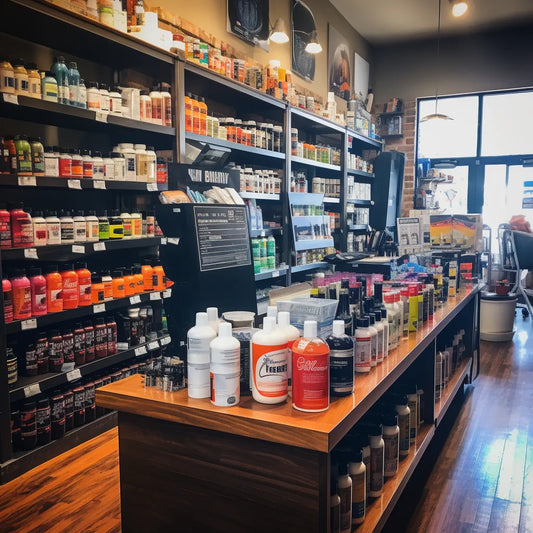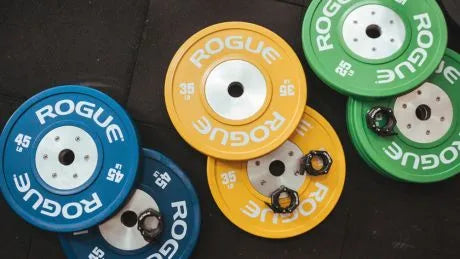
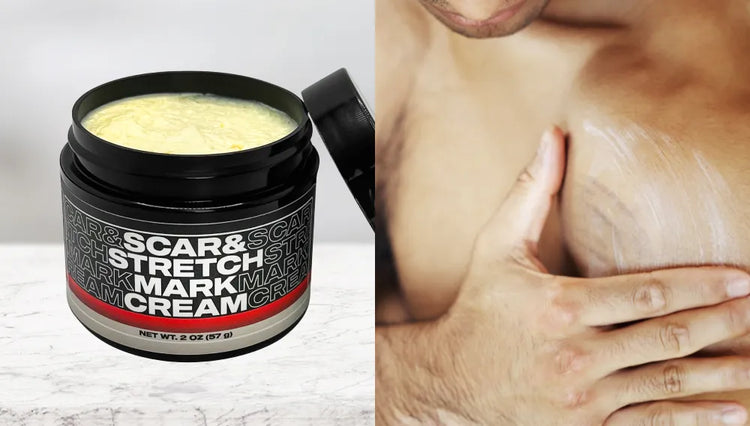
Every detail matters in the relentless pursuit of athletic excellence, especially when the subject of conversation is gym equipment - bumper plates and iron plates in particular.
The specific weightlifting tools you choose can have a significant impact on your performance and physique. Many fitness enthusiasts and athletes grapple with the question, should they select bumper plates or iron plates for their personal or gym use?
We've dived deep into the subject to help you understand the differences between these two types of weightlifting plates. We'll delve into their unique characteristics, and how each can contribute to your fitness journey.
In this blog post, we'll uncover which plate is more effective for diverse workout routines, whether you're a professional weightlifter or a gym-goer interested in strength training.
What are Bumper Plates and Why Use Them?
Bumper plates are weight plates made primarily of high-density rubber. This material makes them durable and resilient - perfect for exercises involving dropping the weights from a height, like Olympic lifts. It is designed to absorb the impact, protecting both the floor and the weights. Moreover, bumper plates have the same standard diameter, irrespective of their weight, ensuring a consistent starting position for lifts off of the ground. Featuring this consistency, bumper plates provide the perfect platform to develop your strength training. You can browse the Recovery Body Wash product page for more on recovery post heavy training sessions.
What are Iron Plates and Why Use Them?
Iron plates, also known as metal plates or steel plates, are made entirely out of iron. They often offer a more compact profile than bumper plates, allowing you to load more of them onto a barbell. These plates are durable and less expensive compared to bumper plates. However, due to their makeup, they should not be dropped freely from overhead. Iron plates are primarily used in powerlifting and bodybuilding workouts. By using iron plates combined with our Scar and Stretch Mark Cream, you can flash your well-earned muscle gains without worrying about those barriers.
A Comparative Approach: Bumper Plate Vs Iron Plate
Let's distill this information into a detailed comparison. Both plates serve their specific purposes, we will discuss the strengths and weaknesses of each, accompanied by practical scenarios.
1. Material
Bumper plates are made from high-density rubber, making them quieter and safer if dropped. Iron plates, on the other hand, are made of hard, dense iron and can be quite noisy when clanging together. However, the iron plates' hardiness and longevity have stood the test of time.
2. Purpose
Iron plates are typically used for powerlifting and traditional strength training—seated or standing barbell exercises. Durable bumper plates are ideal for Olympic lifting where the barbell is dropped from overhead.
3. Cost
With more material and manufacturing costs involved, bumper plates are usually more expensive than their iron counterparts. Iron plates have been around longer and are less costly to produce, hence they can be found at lower price points.
4. Size and Weight
Irrespective of weight, all bumper plates have the same standard diameter. This is not the case with iron plates, with the plate's size growing with its weight. The consistent diameter of bumper plates allows for better kinesthetic feedback on Olympic lifting techniques.
Are Bumper Plates Better than Iron Plates?
It's not so much an issue of better or worse, but rather about which is the right tool for your specific goals. If you're primarily a powerlifter or bodybuilder, the denser and more compact iron plates can be a better choice. If you're an Olympic lifter and need to drop weights frequently, bumper plates are definitely the way to go. Moreover, if you're lifting at home and concerned about noise or floor damage, bumper plates could be more beneficial. Remember, the best gym equipment for you depends on your fitness goals. Check our Activated Charcoal Face Wash to maintain a fresh face post lifts.
Bumper Plates vs Iron Plates: The Final Showdown
When it comes to choosing between bumper plates and iron plates, the choice boils down to your personal fitness goals, budget, and workout environment.
The Tale of the Tapes
- For larger lifts and those involving dropping the barbell, bumper plates are a must. They're made of rubber, soak up the impact, and save your floor and equipment.
- For exercises such as powerlifting where you need more weight and less space, iron plates are unbeatable. They are also more affordable and commonly available.
- If you're lifting at home and noise is a concern, bumper plates can save the day.
- Perhaps, investing in both types can widen your scope of exercises and adaptability, and raise your lifting game.
Whatever you choose, remember, Tapered is here to support men like you on their journey to a fit, active lifestyle. We offer a range of personal care products specially curated to suit your active routine and help you look fabulous doing it. So get lifting, and let Tapered take care of the rest.
